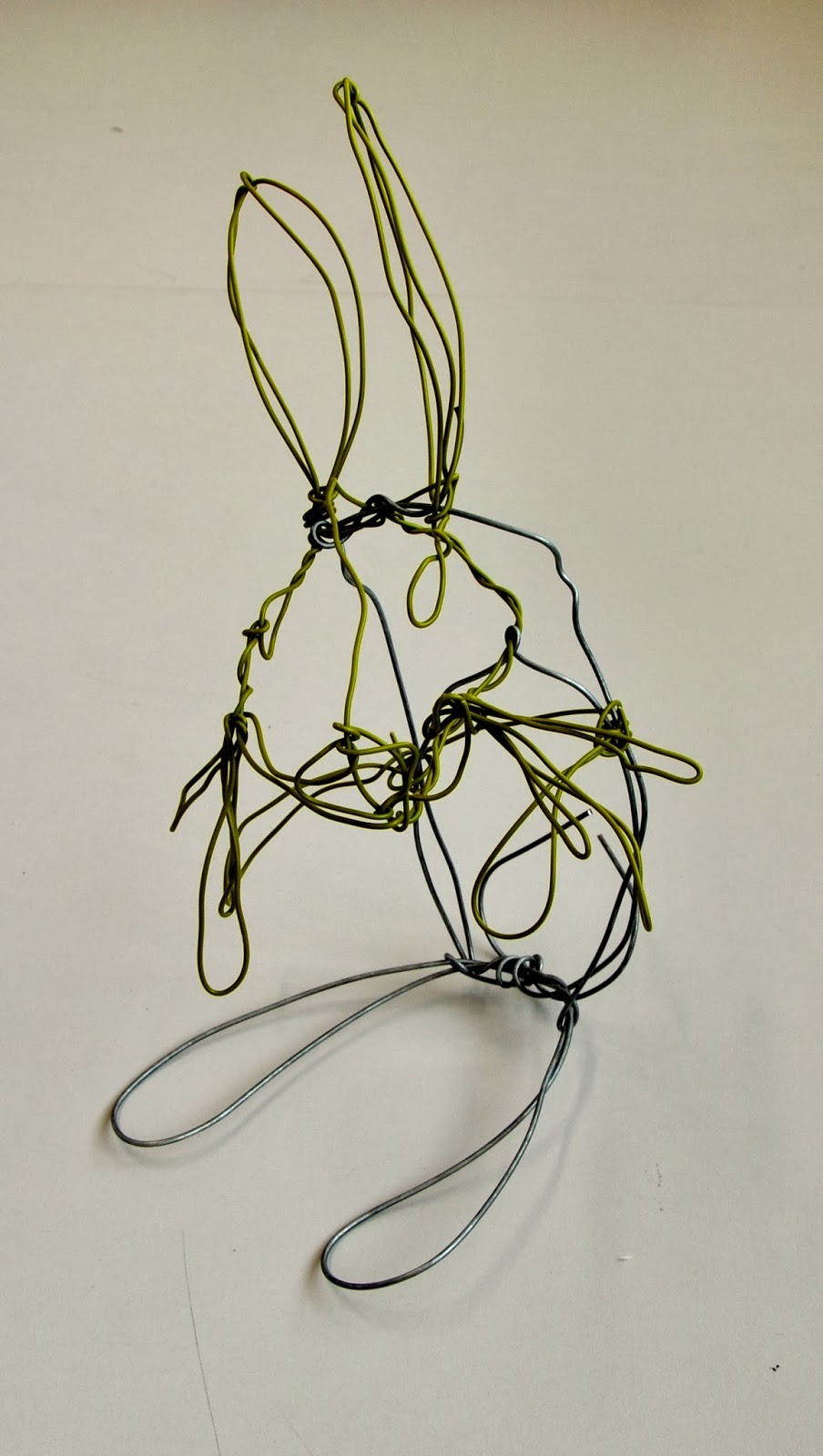Hannah Lewington - Wolverine
For the Research Methodology project, I decided to look at the Wolverine as it had not been done before and it is relatively unknown to most people (apart from the Marvel character from X-Men). The Wolverine is an elusive animal that lives in Canada, Norway, Finland, Russia and some states in America. It is an animal that has little known about it due to the fact that they're constantly on the move, travelling up to 20km a day to scavenge for food. They have been known to take down prey much larger than them such as caribou and even polar bears, with a similar ferocity to its African cousin the Honey Badger.
I decided to focus on the Wolverine's paws in particular for this project due to their sheer size compared to the size of the Wolverine itself. This then became part of exploring the idea of the Wolverine's journey every day in search of food. I therefore created a variety of works incorporating this concept, using a 1:1 scale throughout.


















































